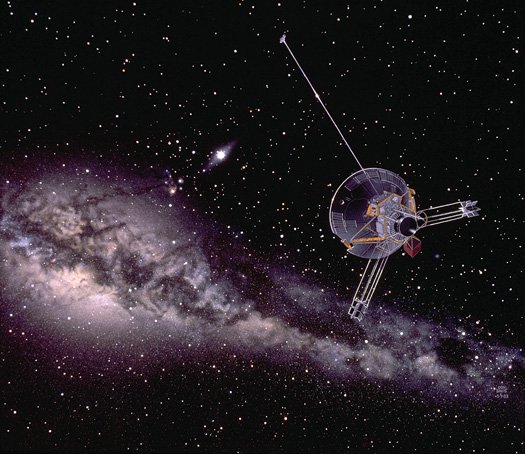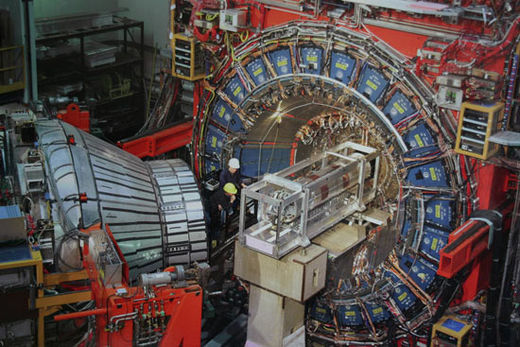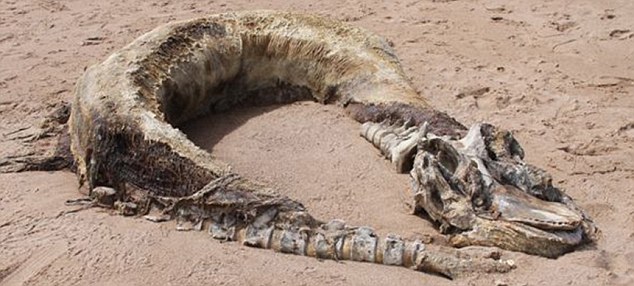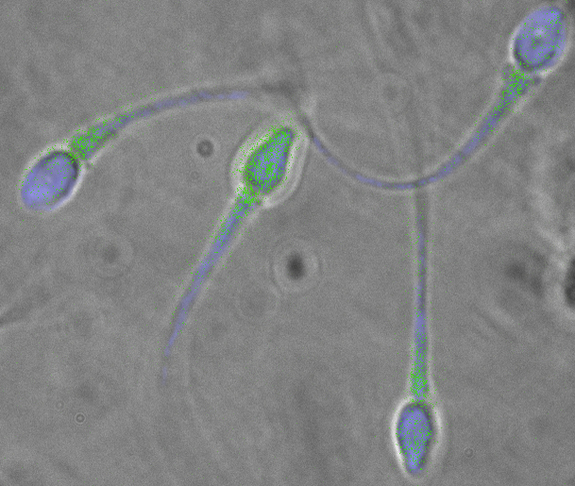
There is no death certificate for Jesus of Nazareth - and many believe that he still lives on in a spiritual sense. But that hasn't stopped physicians and medical scholars from trying to diagnose the exact physiological mechanisms that caused the crucified revolutionary to die 2 millennia ago. Now, an American doctor has offered a new hypothesis involving Christ's blood-clotting ability - but other researchers are skeptical.
"As a kid going to church, I'd heard that Jesus died of a 'broken heart,' " says Joseph Bergeron, a private physician associated with The Pain Clinic in Terre Haute, Indiana. But that idea - technically known as the "cardiac rupture" hypothesis, and first published in 1847 by British physician William Stroud - "didn't really make sense, given what we know about the crucifixion." Bergeron became even more intrigued after he was asked to speak to a group of Christian medical students and started looking for a topic that they might find interesting. He discovered that a flock of researchers have tried to explain exactly how Jesus died, and "I just couldn't stop reading," he says.
There are at least six major hypotheses about Christ's death, Bergeron notes in a paper published online this month in the Journal of Forensic and Legal Medicine. Beatings and the stress associated with being nailed to a cross could have caused a blood clot to block a vessel in Christ's lung, for example, leading to death by pulmonary embolism. Other possibilities are that he was unable to breathe due to his awkward hanging position and suffocated, or that he went into lethal shock - ideas supported by studies of what has killed modern torture victims. And although the Bible's book of John reports that Roman soldiers found that Jesus was already dead when they removed him from the cross, it's possible he wasn't and that the final blow was a subsequent spear thrust to his chest that caused a "sudden flow of blood and water," Bergeron writes, quoting from the New Testament. "The idea ... is based on the assumption blood cannot flow from a corpse."











Comment: Consider the following excerpts from Superluminal Communications:
October 23, 1994: October 25, 1994: